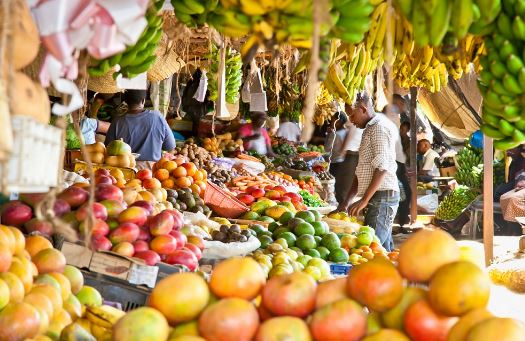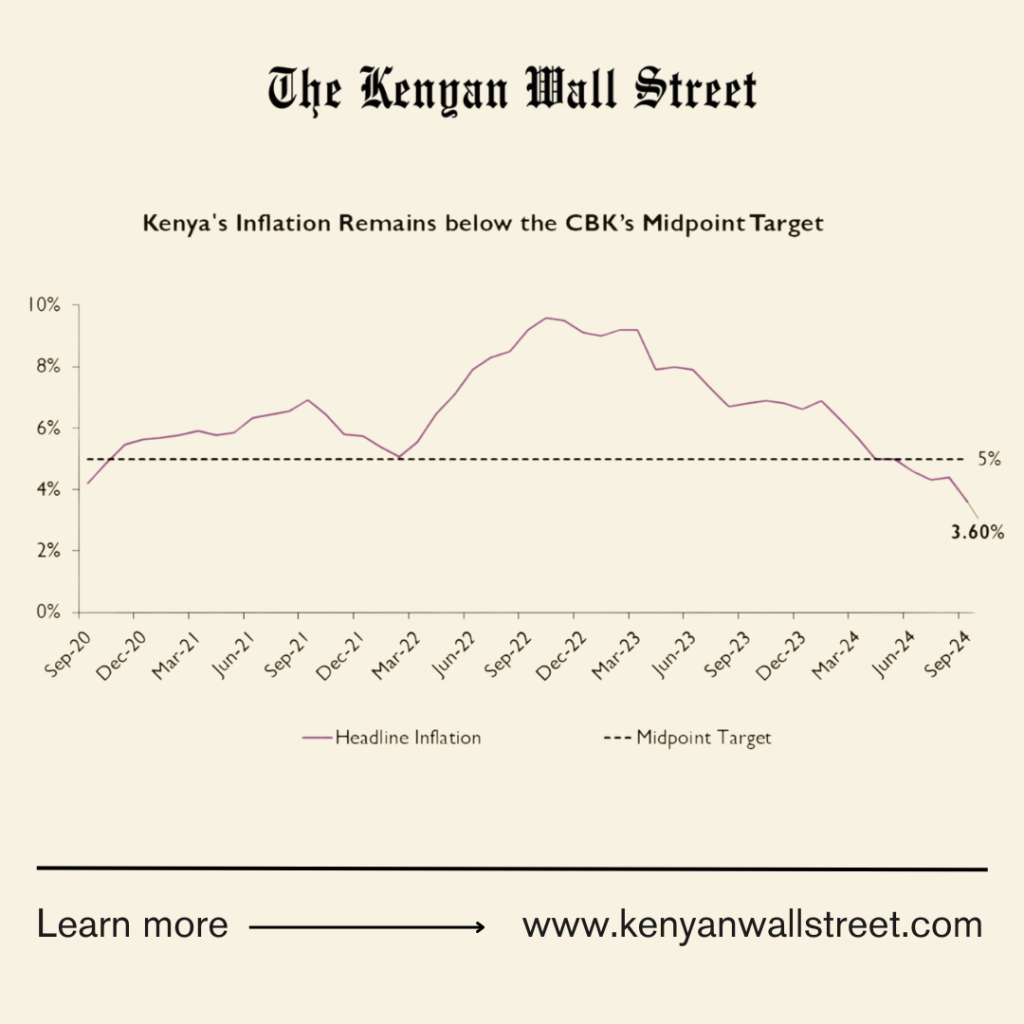Consumers are paying more to buy items such as cooking oil, tomatoes, oranges, carrots, mangoes and beef whose prices have shot up, despite a significant reduction in inflation in October.
- According to figures released by the Kenya National Bureau of Statistics (KNBS), mangoes have the highest price change over the last month of 9.9 per cent with a kilogramme retailing at Ksh 134.97 in October compared to Ksh 122.84 in September.
- The price of cooking oil is also up 1 per cent in October compared to September with a litre of the commodity retailing at an average of Ksh 332.37 in October from Ksh329 in September.
- A kilogramme of Tomatoes and Carrots shot up to Ksh 89.5 and Ksh 111 respectively in October.
This even as the Kenya National Bureau of Statistics (KNBS) reports a reduction in the cost of living to 2.7 per cent in October compared to September’s 3.6%.
“Prices of sugar, maize flour-sifted and fortified maize flour decreased by 2.3, 1.8 and 1.7 per cent, respectively between September 2024 and October 2024,” noted Abdulkadir Awes from the KNBS.
“The Housing, Water, Electricity, Gas and Other Fuels’ Index dropped by 0.3 per cent between September 2024 and October 2024 attributable to decrease in prices of kerosene and LPG by 4.3 per cent and 0.4 per cent, respectively. During the same period, however, prices of 50 kWh of electricity and 200 kWh of electricity increased by 0.3 per cent and 0.2 per cent, respectively.”
The Transport Index declined by 0.3 per cent between September 2024 and October 2024. This was mainly due to decrease in prices of petrol and diesel by 4.3 per cent and 2.0 per cent, respectively.
Inflation Expectations
According to Central Bank of Kenya, the overall inflation is expected to remain below the mid-point of the target range in the near term, supported by lower food inflation owing to improved supply from the ongoing harvests, a stable exchange rate, and stable fuel prices.
Kenya’s overall inflation declined to 3.6 percent in September 2024 from 4.4 percent in August, thereby remaining well below the mid-point of the target range. Food inflation declined to 5.1 percent in September from 5.3 percent in August, mainly reflecting lower vegetables price inflation attributed to declines in prices of key items including tomatoes, cabbages, onions, and potatoes.
Fuel inflation declined to 1.1 percent in September from 4.7 percent in August, mainly due to lower electricity and pump prices. Non-food non-fuel (NFNF) inflation eased to 3.4 percent in September from 3.5 percent in August, reflecting the lagged effects of the apex bank’s previous monetary policy tightening.





